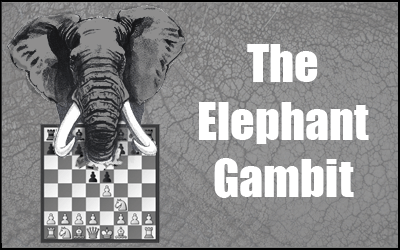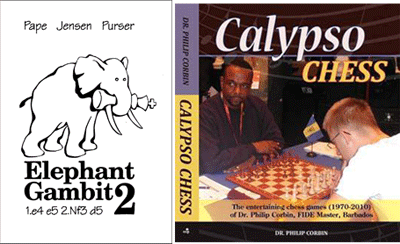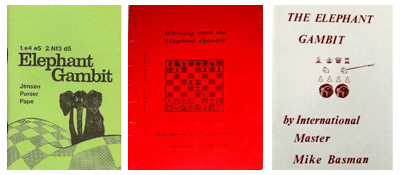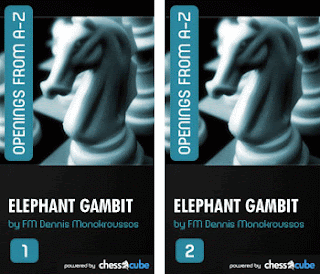I have been following the chess publishing of Rutgers grad and former Kenilworth Chess Club regular Devin Camenares, who has written some excellent book reviews at ChessCafe (on The Stress of Chess and Thinking with Chess so far), posed an opening question to Gary Lane, and made regular posts at his innovative Science on the Squares blog. I have especially enjoyed his puzzle ideas for kids--including his "ChessWords" puzzles, where "Word Search" meets "Chess" as you make the moves of a Bishop, Knight, or Rook to connect the letters of words. Like Bruce Alberston's "Chess Mazes," these are excellent challenges for young people to help develop their board vision. I won't let it go to my head that Devin's theme for today is Kenilworthian:
My kids are enjoying solving this one as I write. (Hint: "Goeller" is a series of Knight's moves starting from c7.)
My kids are enjoying solving this one as I write. (Hint: "Goeller" is a series of Knight's moves starting from c7.)









